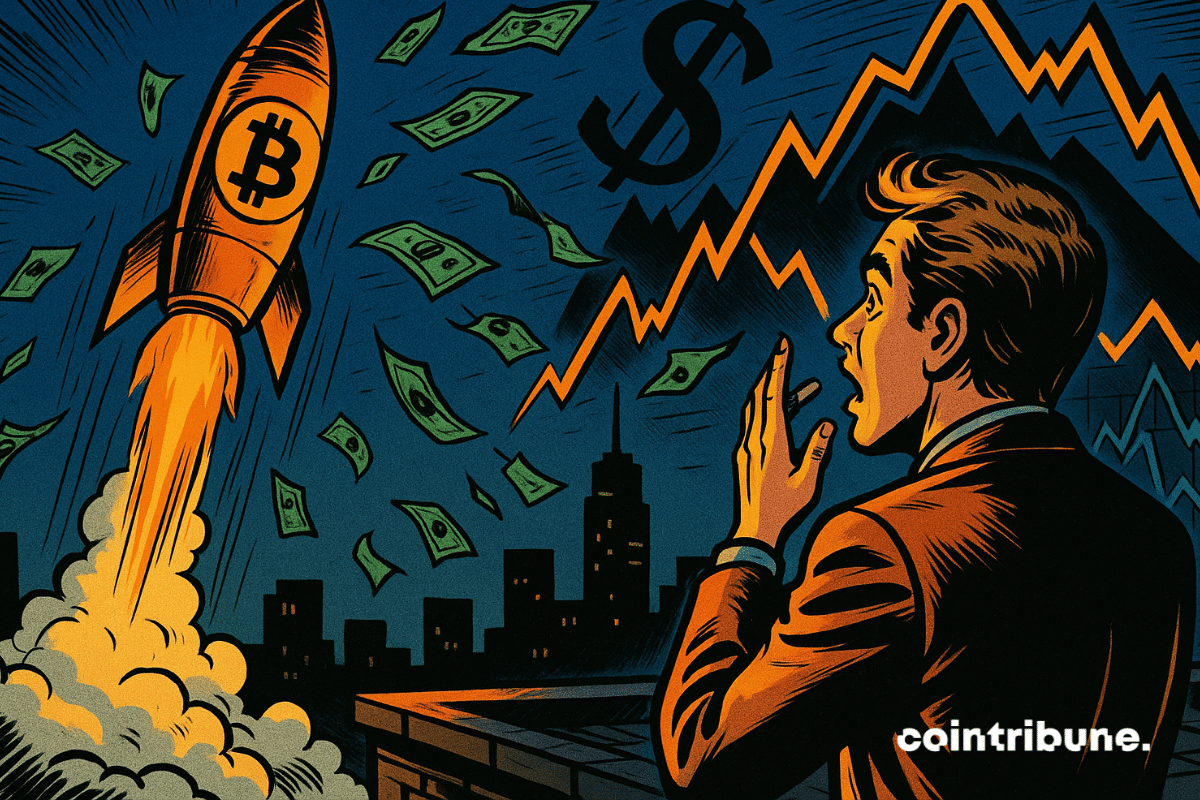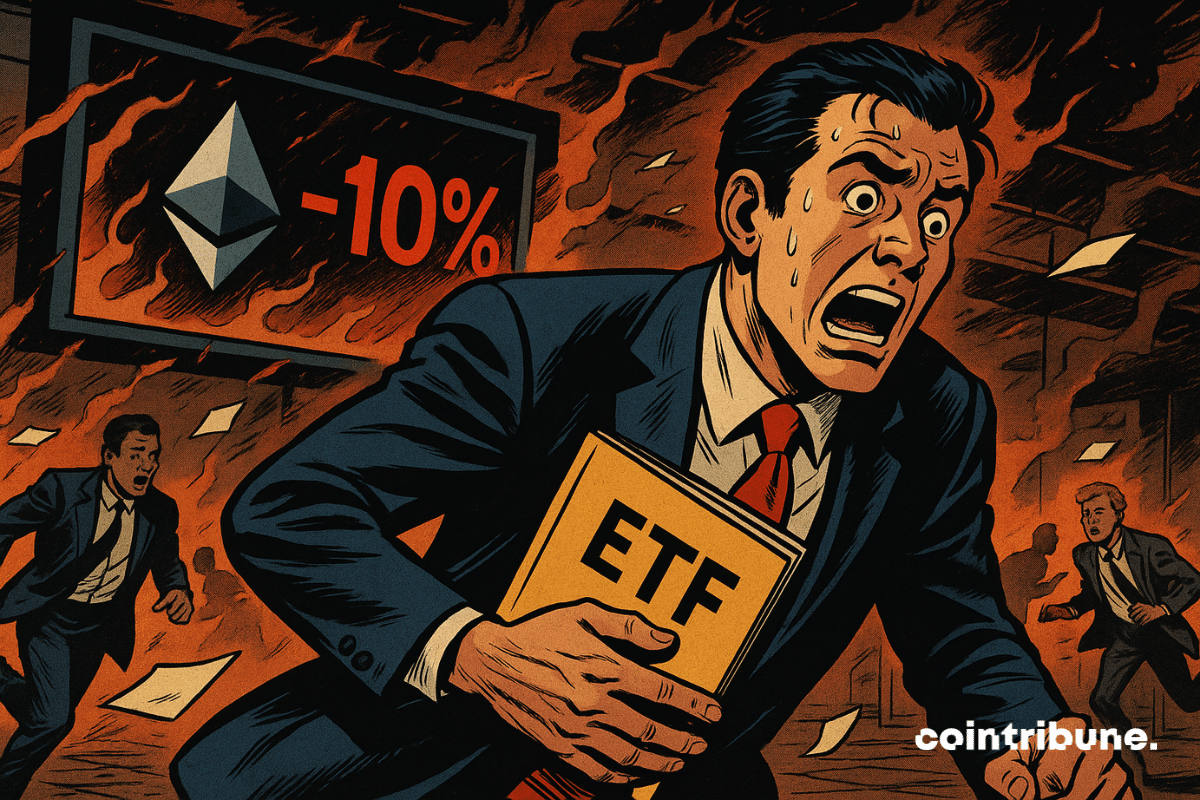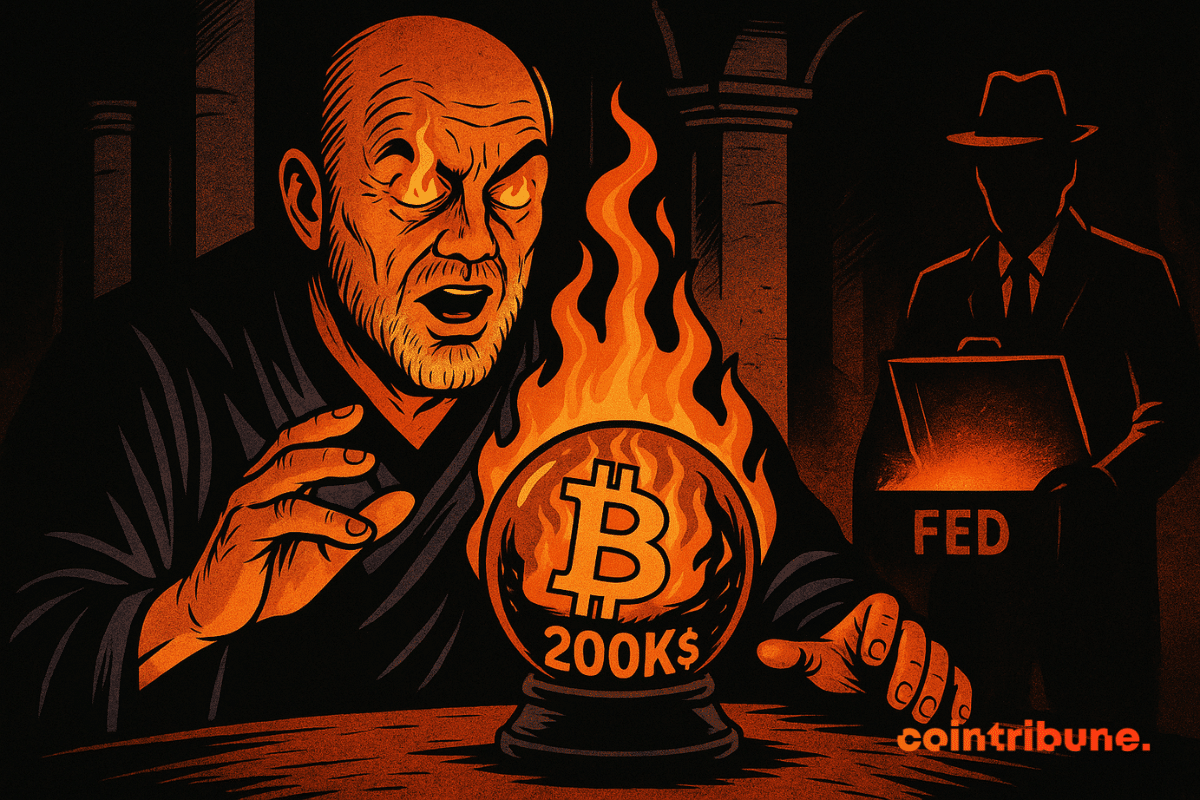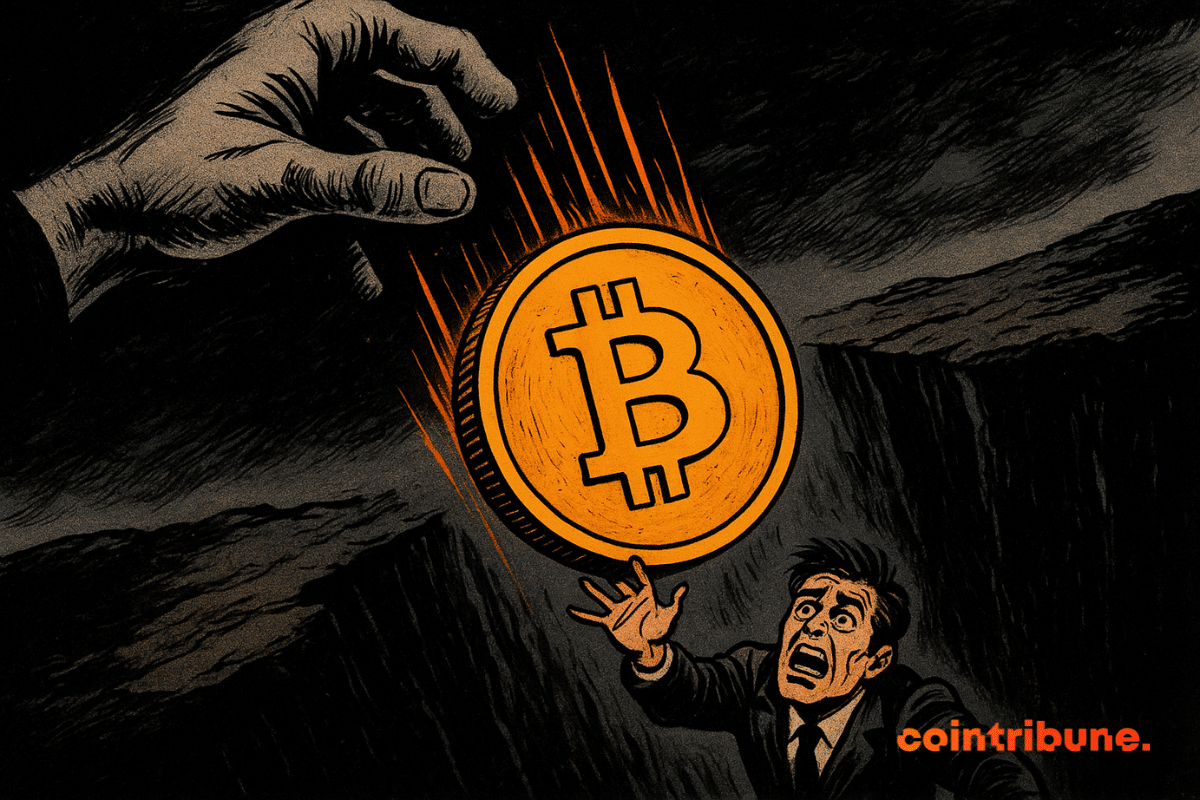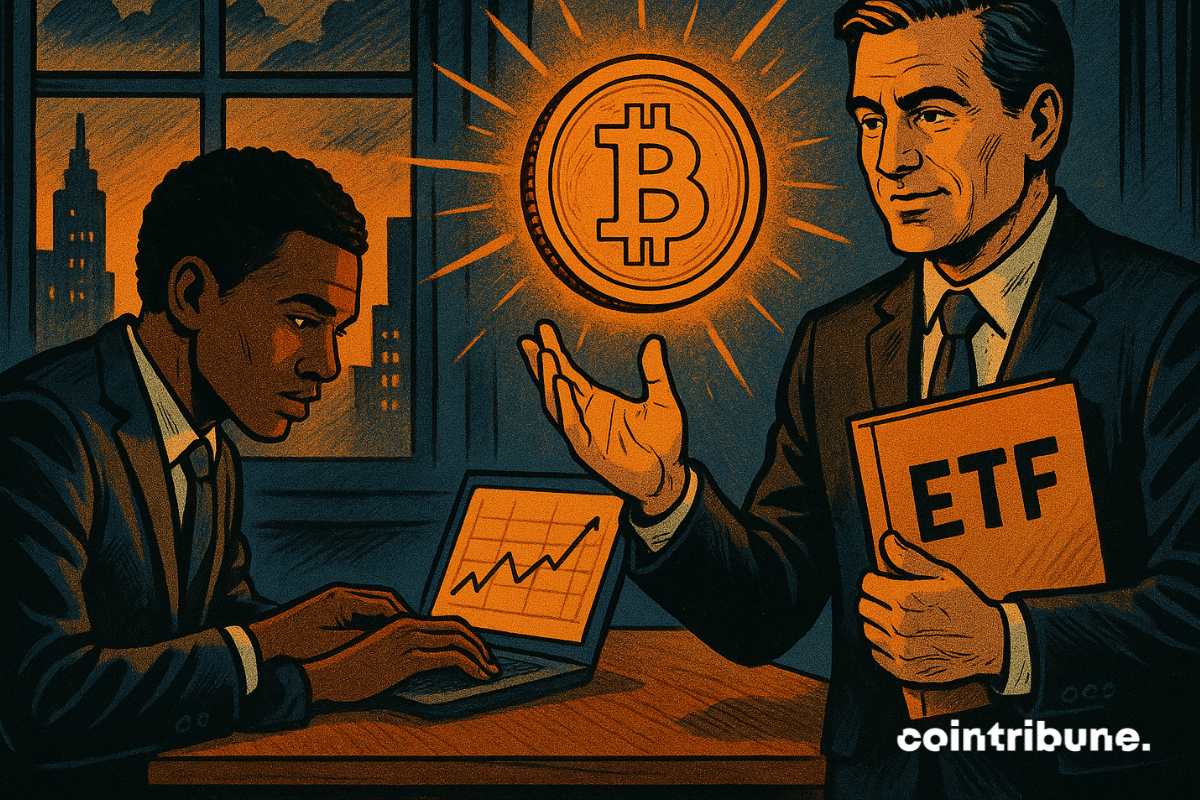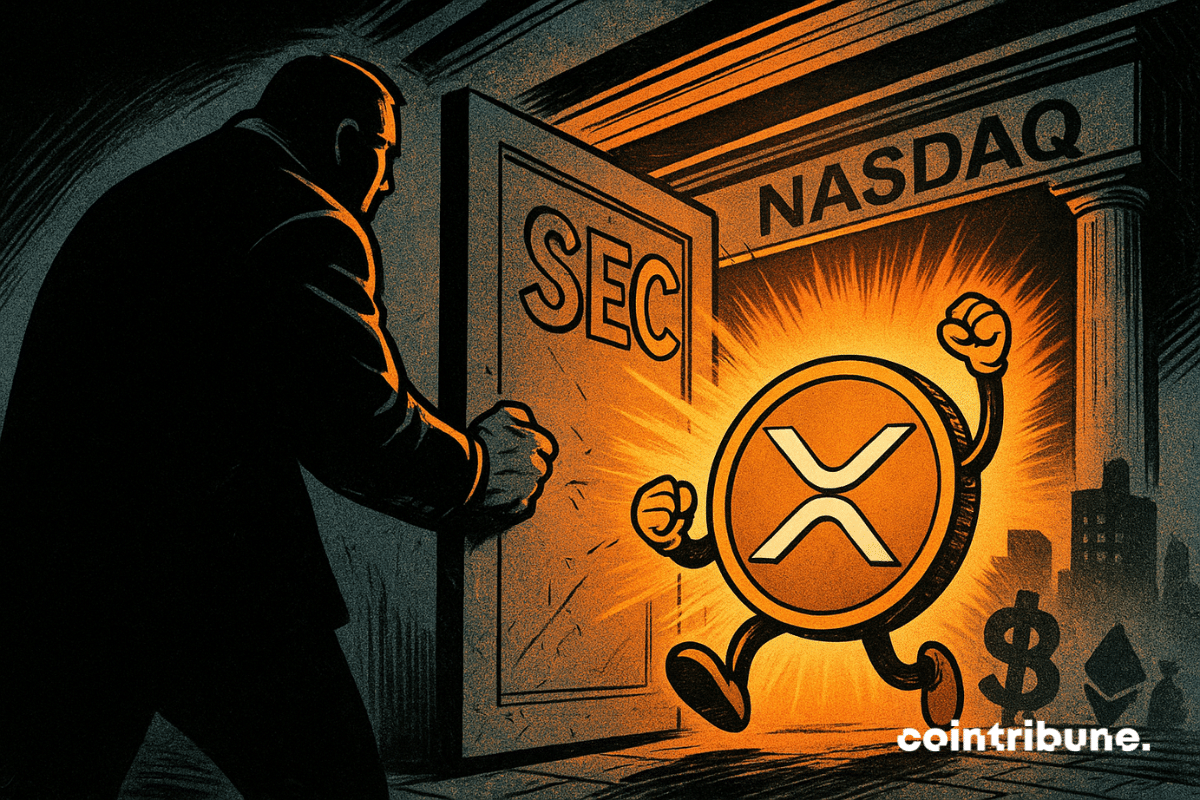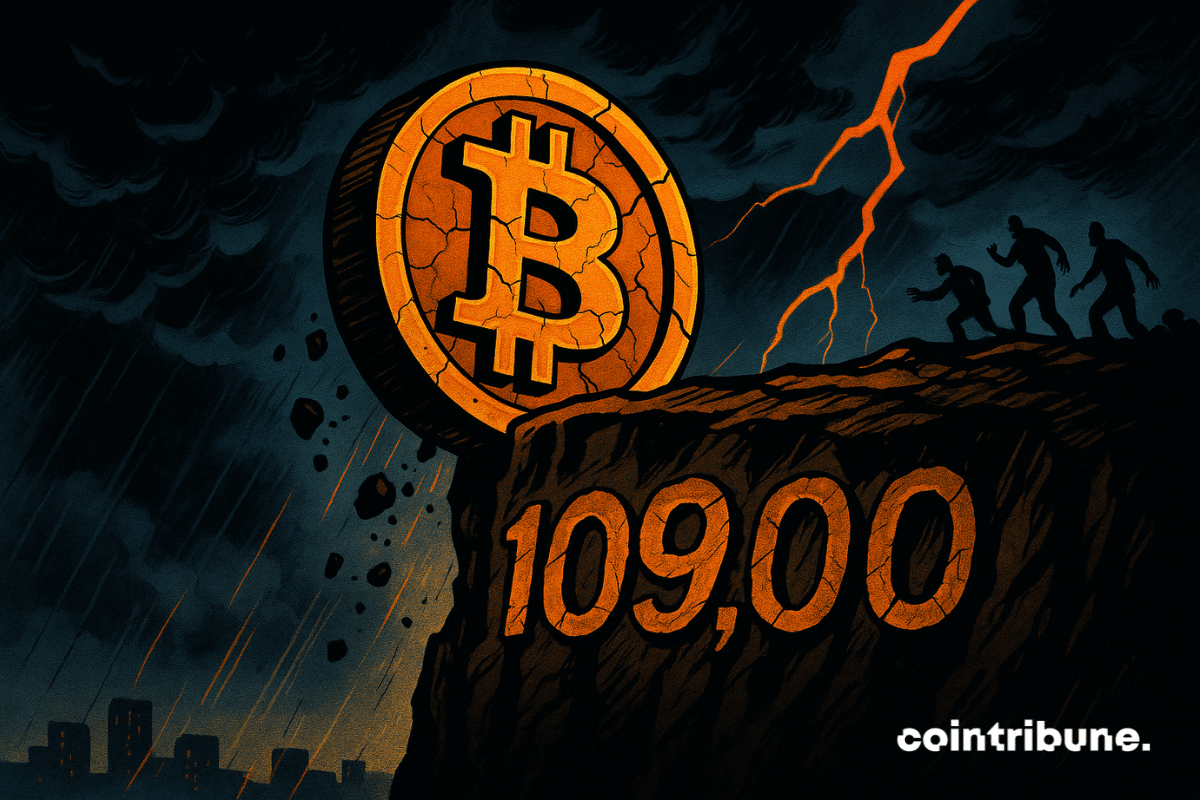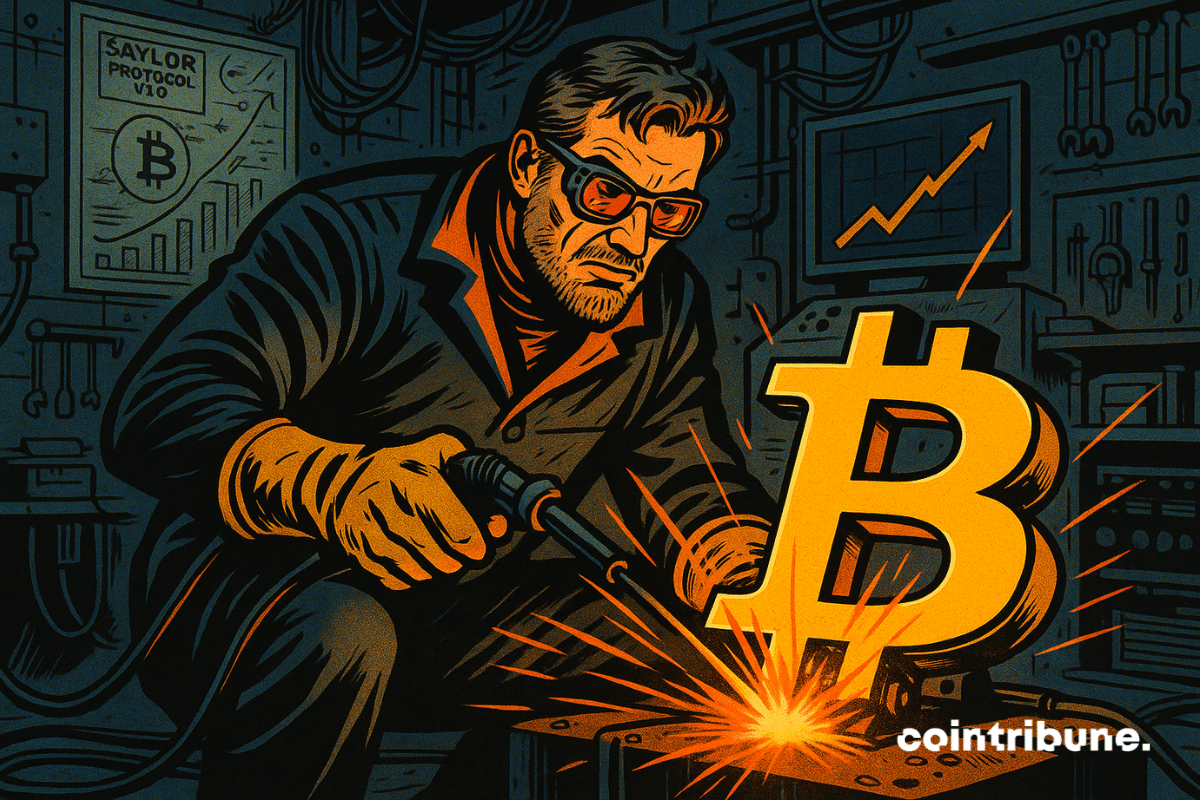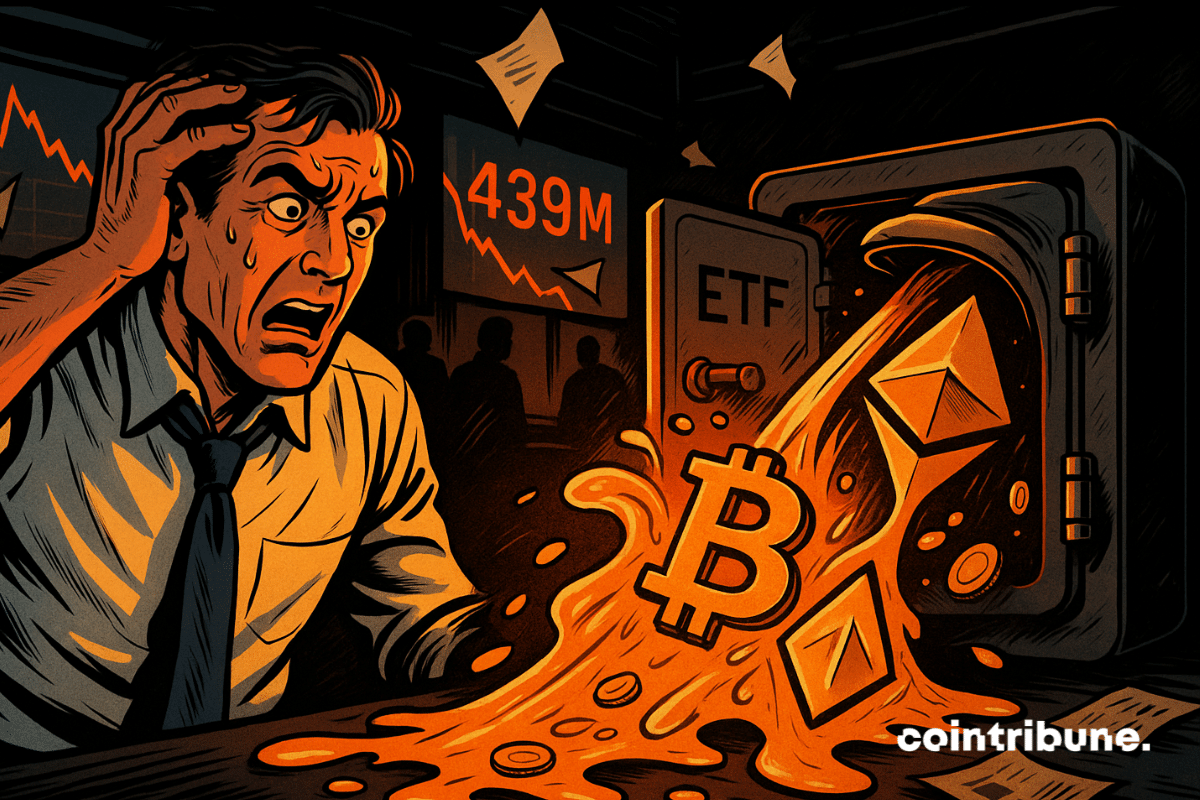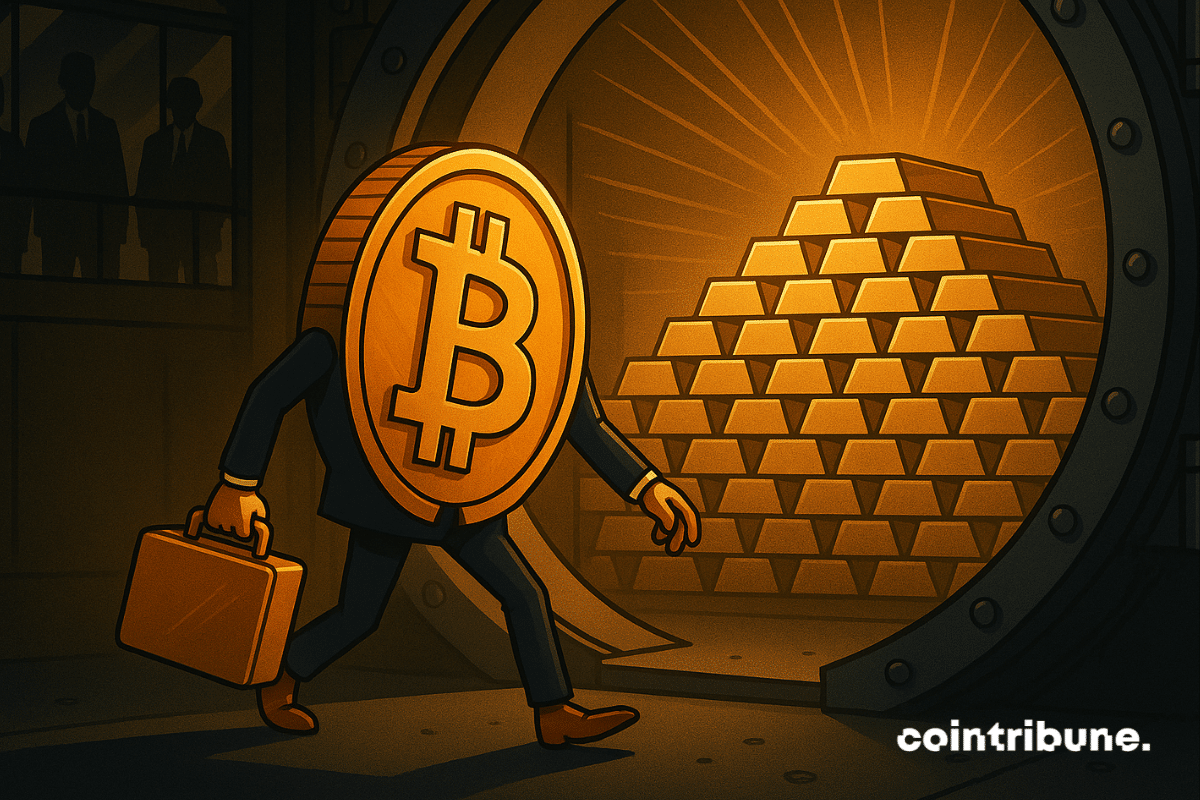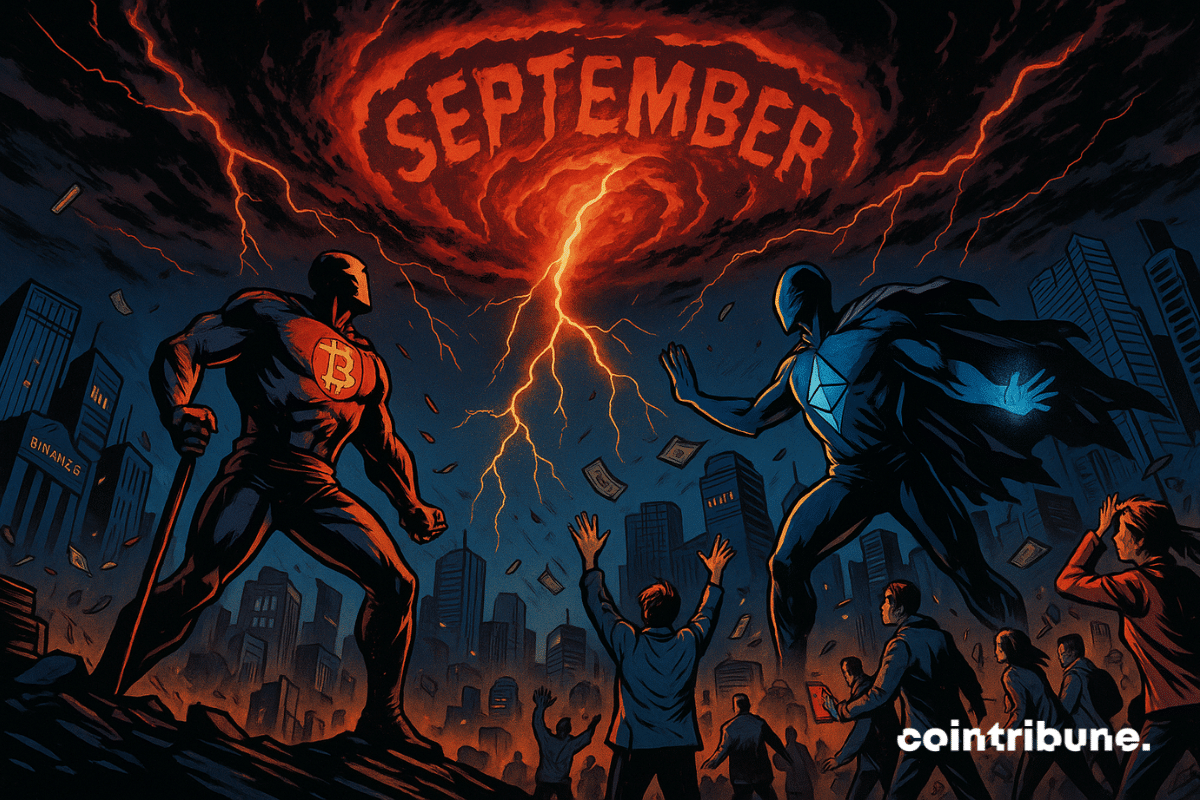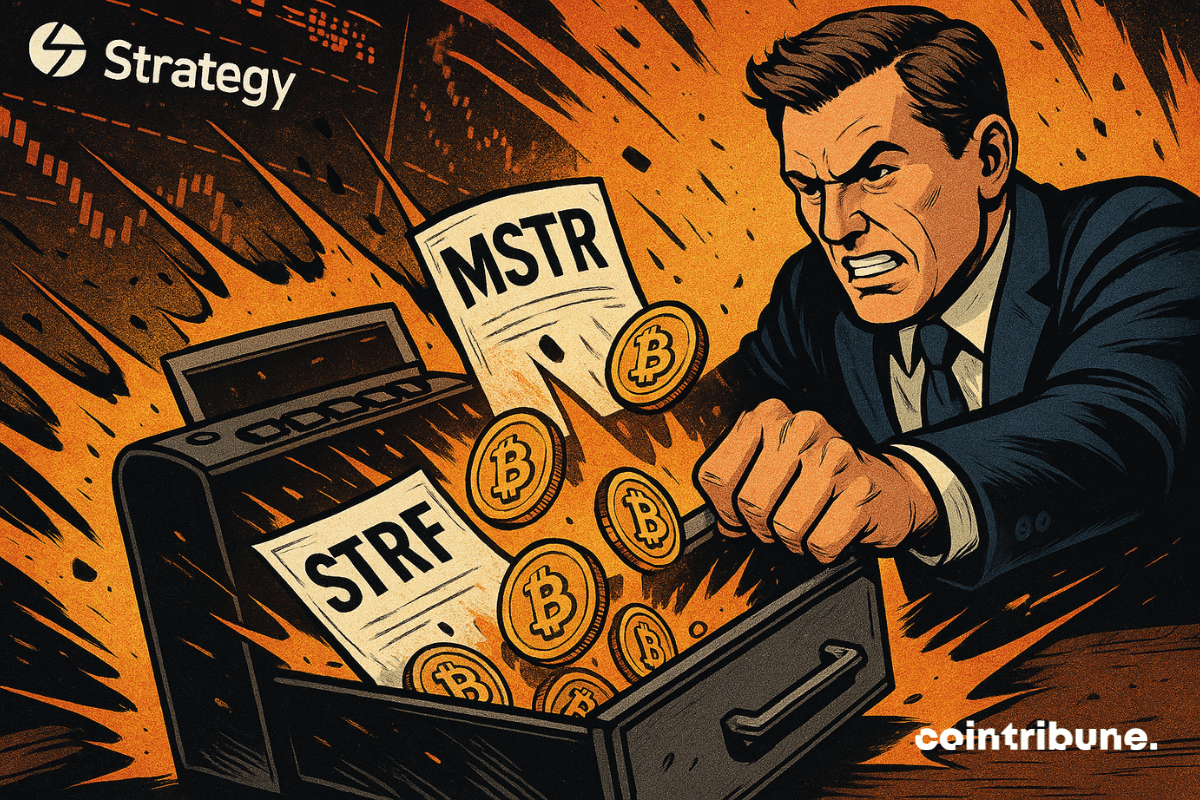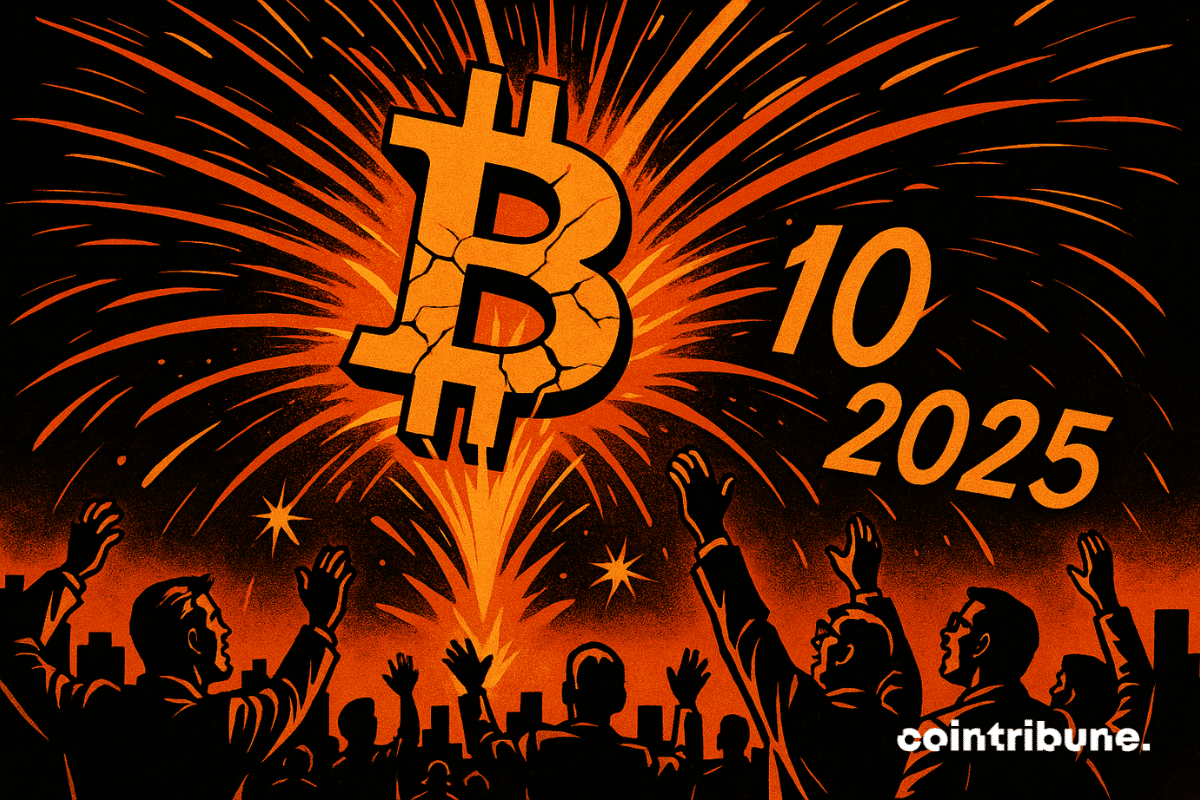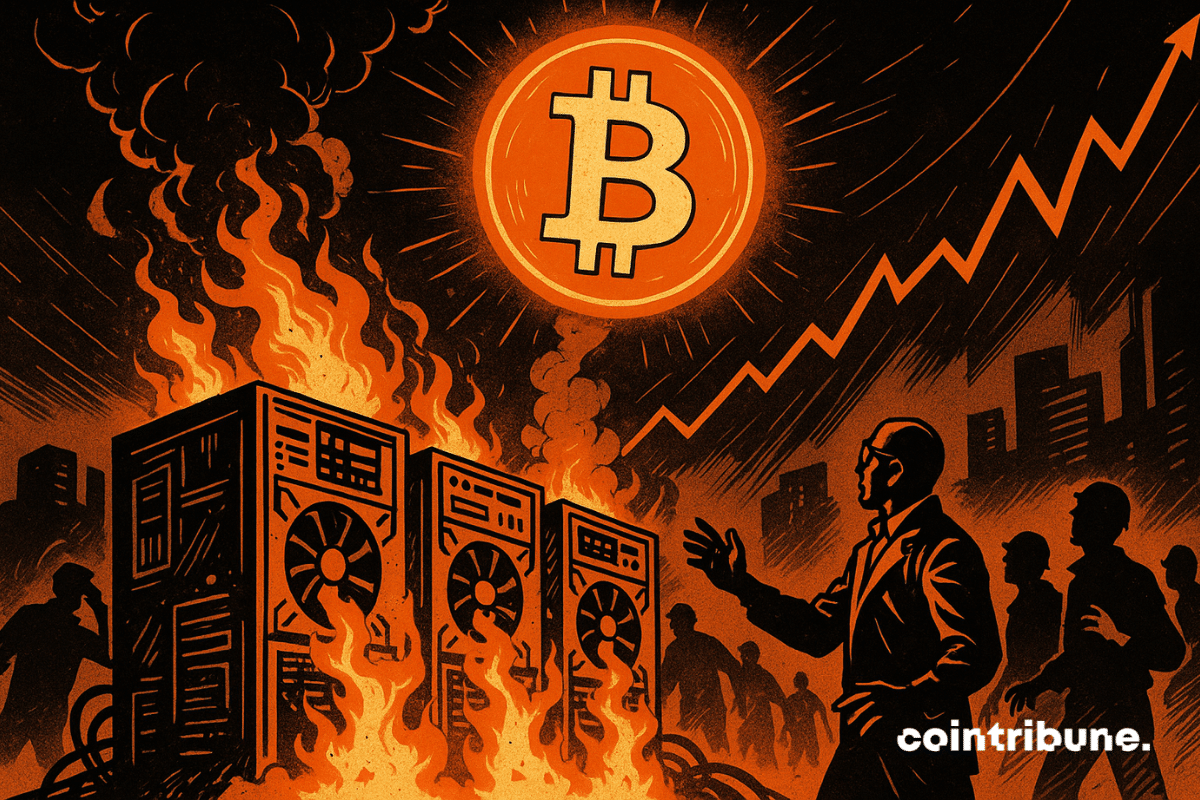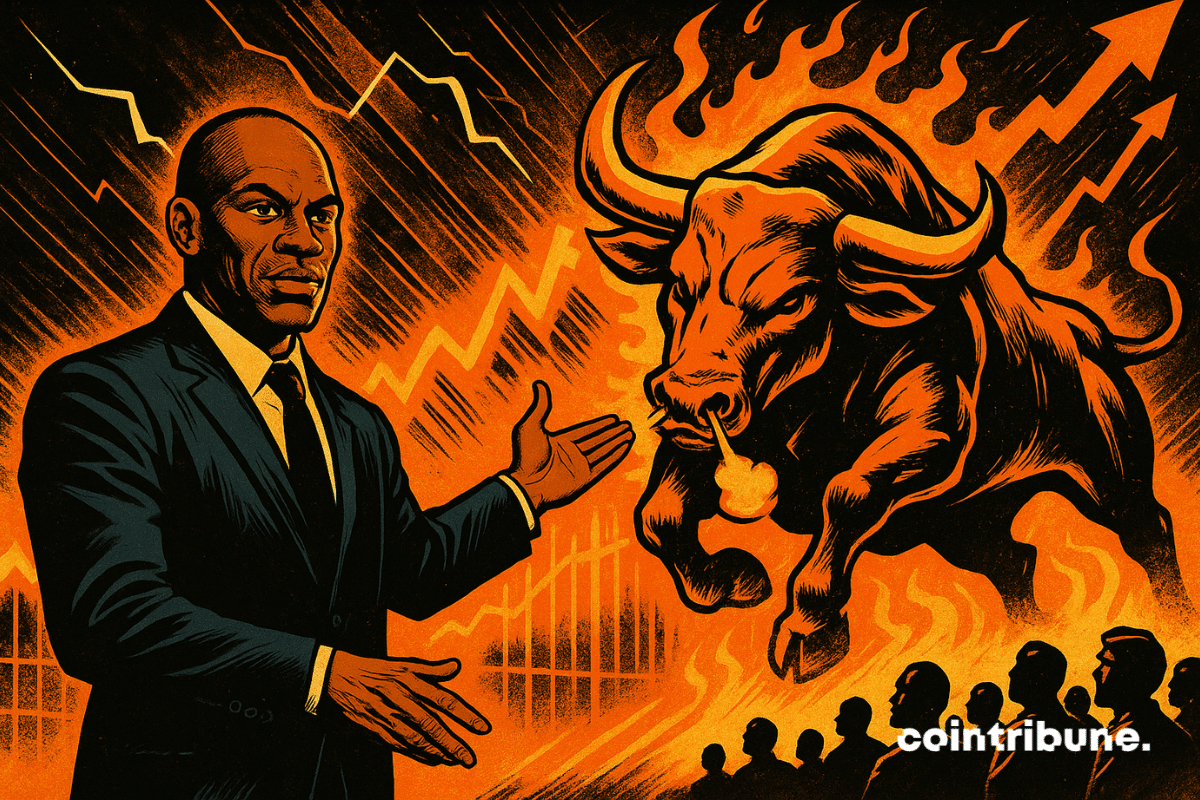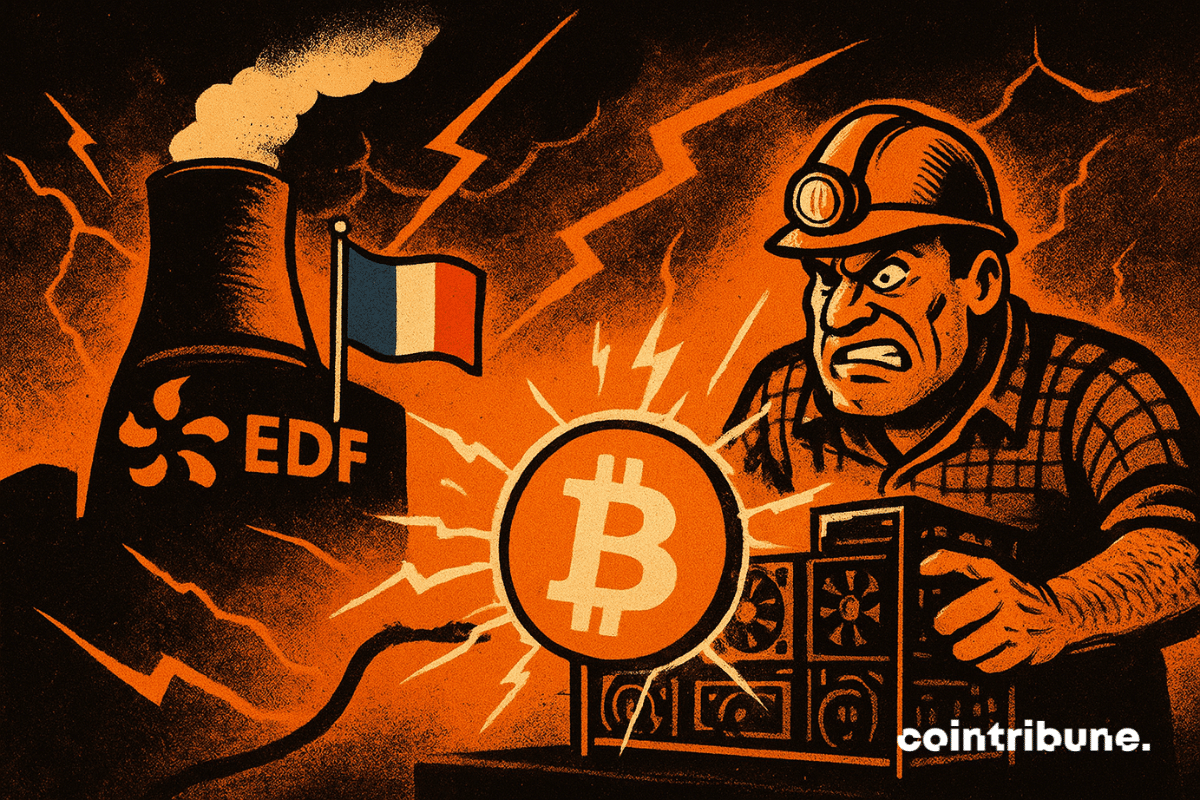Haider Rafique warns that a national Bitcoin reserve could unsettle markets and trigger significant downward pressure on Bitcoin prices.
Theme Bitcoin (BTC)
Deutsche Bank analysts highlight Bitcoin’s growing role alongside gold as a potential asset for central bank reserves and global finance.
While bitcoin establishes itself as a reference asset on a global scale, it is the very architecture of its market that is evolving deeply. Beyond prices and regulatory controversies, a mutation is underway. Indeed, the rise of derivatives, particularly options, is redefining market balances. This often overlooked shift could well mark bitcoin's entry into a new era of maturity and financial integration.
Ethereum shunned, Wall Street panics, BlackRock empties its bags... Crypto smells burnt, but some billionaires seem to sense a good buyout scent. The smell of sales?
What if an overly soft banker awakened the bitcoin beast? Behind the Trumpian nominations, a financial parabola ready to explode… Novogratz lights the fuse, hide the dollars!
Bitcoin’s rally is showing signs of fatigue after a sharp sell-off pushed prices under $109,000. Long-term holders have realized billions in profits while exchange-traded fund inflows slow, raising concerns that the market may be entering a cooling phase similar to past cycle tops.
BlackRock has filed for a new Bitcoin Premium Income ETF designed to generate yield through a covered-call strategy, expanding its crypto offerings.
The U.S. exchange-traded product (ETP) market for digital assets is taking another step forward. With regulators broadening the framework for crypto funds, XRP has now been included in a Nasdaq-listed multi-asset spot crypto ETF, giving investors easier access to a wider set of cryptocurrencies.
Bitcoin briefly plunged below $109,000, recording a three-week low. Hours before the expiration of $22 billion in options scheduled for this Friday, pressure is mounting among investors. In a context of increased volatility and macroeconomic uncertainties, positions are being urgently readjusted. The crypto market is entering a decisive sequence where each level crossed could amplify upcoming movements.
Facing a tense economic context and persistently high rates, some companies are revising their cash management strategies. The latest is the Chinese company Jiuzi Holdings. Listed on Nasdaq but little known to the general public, the Chinese company has just authorized an investment of up to 1 billion dollars in cryptocurrencies. This is an unexpected shift for an actor outside Web3, who is now betting on Bitcoin.
Cryptocurrency activity is growing worldwide, led by the Asia-Pacific region, with Latin America and Africa also seeing notable increases.
Bitcoin, once called a bubble, is now creating millionaires in series: 145,000 in one year. Bankers are grinding their teeth, speculators are popping champagne.
What if bitcoin entered a new era, where scarcity would no longer be a speculative narrative but an accounting reality? Michael Saylor, executive chairman of Strategy, warns of a tipping point: institutional demand, driven by ETFs and listed companies, now exceeds supply from mining. As bitcoin oscillates between $111,000 and $118,000, a structural imbalance, but potentially explosive for the price, is settling in.
Despite leading global crypto transactions, the majority of U.S. investors remain largely uninvolved, with just 14% holding digital assets.
Exit Gensler, here comes Atkins: the SEC shifts from the brake to the accelerator. "Innovation exemption", multi-crypto ETP, stablecoins… Washington finally discovers that blocking costs more than moving forward.
Investors pulled back from Bitcoin and Ethereum ETFs on Monday, reflecting caution amid market shifts and pending economic data.
Bitcoin consolidates around $112,500 after a bounce on support, but fails to regain clear momentum. Discover the technical outlook for BTC's future evolution.
Deutsche Bank predicts Bitcoin could join gold in central bank reserves as markets mature and volatility eases, signalling growing institutional adoption.
While retail investors tremble at the slightest dip, corporate whales are devouring millions in bitcoin. Coincidence? Or a new strategy from the "private central bankers" of crypto?
September once again catches up with the crypto market. After a promising start, the trend reversed with a brutality that hits the main capitalizations. Bitcoin, Ethereum, and Dogecoin show a sharp decline, exposing a marked exhaustion of the bullish momentum. As every year at the same time, the specter of a "Red September" reappears, fueled by weakened technical signals and a sharply declining market sentiment. Once again, the scenario of a red month seems to be drawing with insistence.
Metaplanet has expanded its Bitcoin holdings to 25,555 BTC with a $632 million purchase, climbing into the top five public company treasuries.
At Saylor's, the vaults overflow: 639,835 bitcoins in reserve! While Wall Street grimaces, Strategy plays the global treasurer of an increasingly coveted digital gold.
Over the years, Bitcoin has evolved from a peer-to-peer payment system to a sought-after global asset. Regional governments are now looking to the OG crypto as an inflation hedge, and corporate Bitcoin treasuries have emerged as a rising trend. Yet for Tim Draper, venture capitalist and founder of Draper Associates, Bitcoin’s role goes far beyond a store of value. He maintains that the first-born coin will become a cornerstone in the future of finance and even national defense.
The crypto market has just endured one of its harshest shocks since the start of the year. In less than 24 hours, more than 407,000 positions were liquidated, wiping out over 1.5 billion dollars of bullish bets from order books. This quick correction, triggered by the domino effect of margin calls, shook the largest capitalizations while revealing the vulnerability of a market still dominated by leverage and massive speculative movements.
Solana does not need a three-piece suit to convince. The network is advancing, fast, and sometimes against the usual crypto habits. Pantera Capital says it bluntly: we are approaching a tipping point. The market, perhaps, has not yet adjusted its glasses.
As October approaches, the crypto market revives a now familiar mechanism: the "Uptober" effect. Behind this term that has become a seasonal mantra, a recurring data point intrigues analysts. Indeed, for several years, October has established itself as one of the most bullish months for bitcoin, often following a September with a slight rebound. This pattern, both statistical and psychological, shapes investors’ expectations and acts as a potential trigger in a context already marked by a progressive market recovery.
Bitcoin records a record of activity on its network, crossing a new milestone. According to data from CryptoQuant relayed by analyst CryptoOnchain, the average volume of confirmed transactions now reaches 540,000 per day. This resurgence of use, driven by protocols like Ordinals and Runes, occurs in an uncertain market context, where fundamental signals take precedence over announcements.
What if the threshold of 850 billion dollars held by the U.S. Treasury became the new catalyst for the crypto market? Arthur Hayes, co-founder of BitMEX, estimates that once the U.S. Treasury general account (TGA) is filled at 850 billion dollars, cryptos will enter a continuous upward phase. This position comes as the Fed has just cut its rates, reigniting debates on the impact of U.S. monetary policies on the dynamics of bitcoin and altcoins.
France is preparing to give up its surplus nuclear energy to an American bitcoin miner instead of favoring the French solution.
Bitcoin is reportedly very bored. But when Michael Saylor talks about a "digital rush," one wonders: calm waters or storm brewing in the crypto arena?
